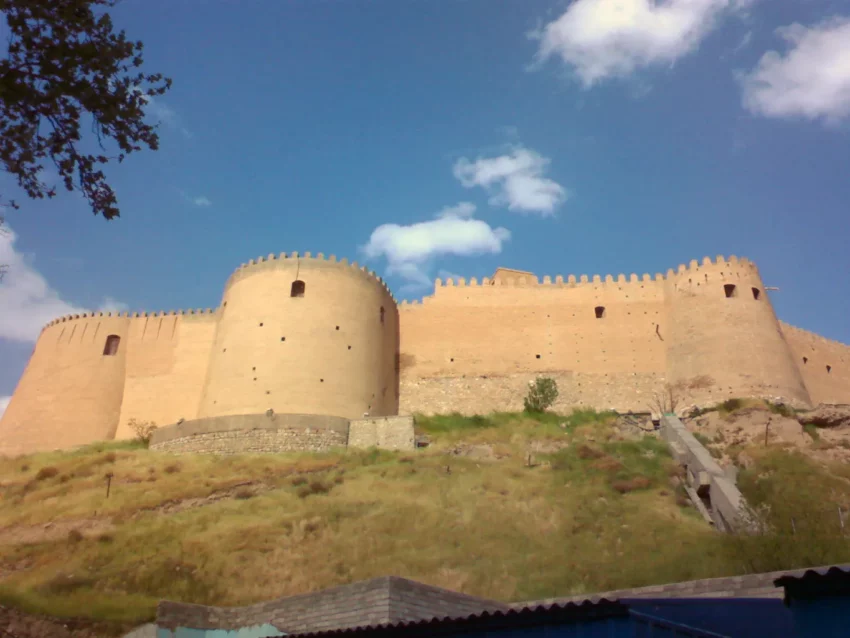Falak-ol-Aflak Castle: A Historical Overview
Falak-ol-Aflak Castle, also known as Shapur Khast Castle, is a monumental structure located in Khorramabad, the capital of Lorestan province, Iran. This castle, which dates back to the Sassanid era (224–651 AD), stands majestically atop a large hill, sharing its name with the fortress itself. The strategic positioning of the castle, alongside the Khorramabad River and surrounded by natural defenses, has contributed to its historical significance and preservation.
Get your dose of History via Email
Historical Significance
The castle has undergone various transformations throughout its history. Notably, under the Pahlavi dynasty, it ceased to function as a prison in 1968 and was subsequently converted into a museum complex. This transition marked a significant shift in the castle’s role within the community, from a place of confinement to a center for cultural preservation and education.
Falak-ol-Aflak Castle has been known by several names, including the Twelve Tower Castle and Kakh-e Atabakan, reflecting its rich history and architectural significance. The name Falak-ol-Aflak, meaning “the sky of the skies,” was adopted during the Qajar dynasty and underscores the castle’s majestic presence.
Architectural Layout
The castle’s foundations span approximately 300 by 400 meters, with the entire structure, including the hill, standing 40 meters above the surrounding area. This imposing height, coupled with its strategic location, has made the castle a formidable structure throughout history.
The castle’s architecture is notable for its use of clay, red brick, stone, and mortar. Approximately a century ago, the main structure was encircled by a rampart with twelve towers, forming an irregular octagon. Today, the fortress features a twenty-three-meter rampart, eight towers, two central courtyards, and three hundred parapets, covering an area of five thousand three hundred meters.
Cultural and Historical Context
Falak-ol-Aflak Castle has served various roles throughout its history, including being the capital of the Hasanwayhids, Khorshidi dynasty, Ganjur, and Buyid dynasty from the fourth to the thirteenth century AD. It later became the Treasury of the Badr dynasty and served as a garrison and prison.
In the first half of the fourteenth century AD, the fortress was the headquarters of Division Five and other forces of the Iranian Army. It was later assigned to the Ministry of Culture and Art in 1349 SH (1970 AD), marking the beginning of its transformation into a museum complex. The castle now houses the Anthropology Museum and Lorestan Bronze Museum, among other sections dedicated to showcasing Iranian history and archaeology.
Conclusion
Falak-ol-Aflak Castle stands as a testament to Iran’s rich historical and architectural heritage. Its strategic location, formidable design, and the roles it has played throughout history underscore its significance. As a museum complex, it continues to educate and inspire, offering insights into the past that shaped the present. The castle’s preservation and continued use as a cultural and historical site ensure that its legacy will endure for future generations to explore and appreciate.
Sources:

